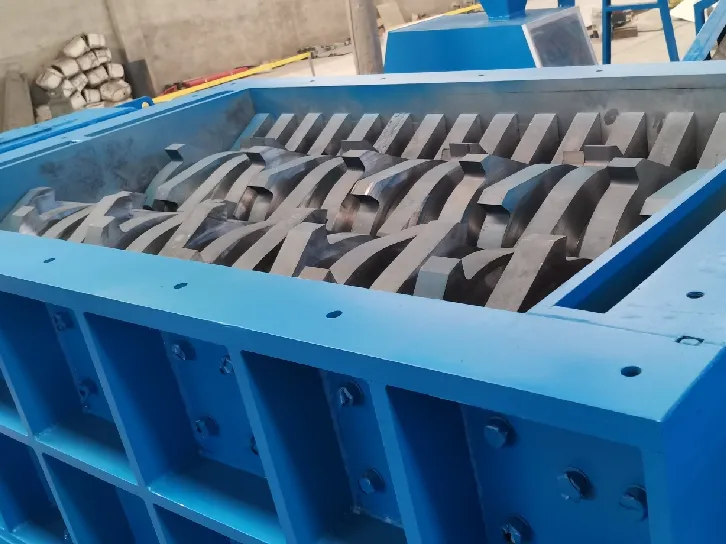

სექ . 03, 2024 00:54 Back to list
Understanding Eddy Current Non-Ferrous Metal Separators
Eddy current non-ferrous metal separators have emerged as essential tools in the recycling industry, particularly for the efficient separation of non-ferrous metals from mixed materials
. These advanced systems leverage the principles of electromagnetism to enable a highly effective and eco-friendly sorting process.At the core of the eddy current separator's functionality is the generation of eddy currents in conductive metals when exposed to a changing magnetic field. The separator typically consists of a rotating drum equipped with a powerful magnet, positioned strategically to establish a magnetic field that varies in strength as it rotates. When feed material, containing non-ferrous metals like aluminum, copper, or brass, is introduced onto the drum, these metals experience a reaction to the magnetic field.
As the non-ferrous metals pass through the magnetic field, eddy currents are induced in their structure. This leads to the generation of opposing magnetic fields within the metal pieces themselves, resulting in a repulsion effect. Consequently, this repulsion causes the metals to be effectively propelled away from the non-metallic materials, allowing for a clear separation. The remaining materials can then be further processed or disposed of, ensuring a cleaner recycling stream and improving operational efficiency.

One notable advantage of eddy current separators is their ability to process a diverse range of materials quickly. This includes everything from post-consumer waste to industrial scrap, making them versatile solutions for various recycling applications. Moreover, these systems minimize the risk of contamination during sorting, preserving the quality of the recovered metal.
In addition to their efficiency, eddy current non-ferrous metal separators are also environmentally friendly. By promoting recycling and reducing the volume of waste sent to landfills, these systems play a crucial role in conserving natural resources and reducing greenhouse gas emissions associated with primary metal extraction.
However, like any advanced technology, the effectiveness of an eddy current separator can be influenced by factors such as material composition, feed size, and moisture content. Therefore, careful calibration and maintenance are essential to ensure optimal performance.
In summary, eddy current non-ferrous metal separators are invaluable in the recycling sector. Their innovative use of electromagnetic principles allows for the efficient recovery of valuable metals while contributing to sustainable waste management practices. As the demand for more efficient recycling solutions grows, these separators will likely play a pivotal role in the industry's evolution.
Latest news
Troubleshooting Common Eddy Separator Problems
NewsJul.04,2025
The Role of Metal Recycling Plants in Circular Economy
NewsJul.04,2025
The Impact of Recycling Line Pickers on Waste Management Costs
NewsJul.04,2025
Safety Features Every Metal Shredder Should Have
NewsJul.04,2025
How Industrial Shredders Improve Waste Management Systems
NewsJul.04,2025
How Cable Granulators Contribute to Sustainable Recycling
NewsJul.04,2025